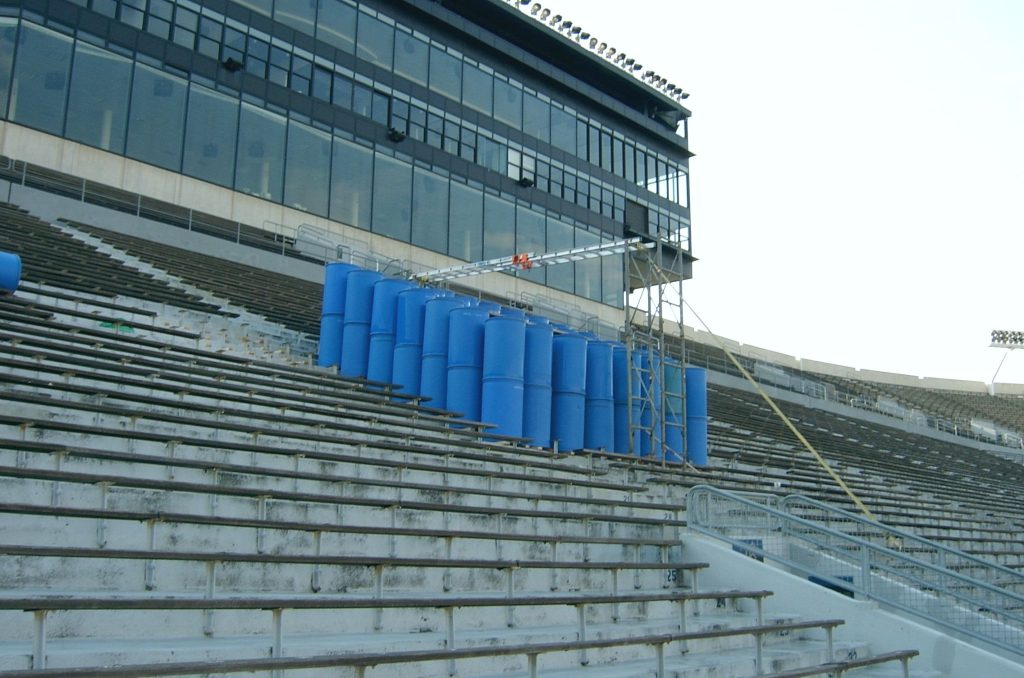Load Testing of Concrete Structures – Part 2: Test Protocols and Case Studies

While it is usually possible to demonstrate the safety of an existing structure through calculations based on general accepted engineering principles, this is not always the case. Sometimes there are structures for which calculations alone may not be sufficient to demonstrate fitness for intended occupancy or use. In such situations, in-situ load testing can provide valuable information about the performance of existing structures, and can take advantage of beneficial structural behavior not readily apparent with conventional computational methods. The primary goal of load testing is to demonstrate the safety of a structure. Load tests do not determine the design strength or load-carrying limit. In general, load tests can be used to determine the ability of a structure to support additional loads, to establish the safety of structures with design or construction deficiencies or structures with damage or deterioration, to validate design approaches for and effectiveness of strengthening schemes, to gain knowledge on the behavior of a structure by accounting on the beneficial effects of “hidden” load paths, and to supplement, validate or “tune-up” analytical work aimed at understanding the behavior of a structure. Part 1 of this two-part article discusses the rationale and objectives of in-situ load testing within structural evaluations of concrete structures, and presents methods for load application and instrumentation. Part 2 presents the load test procedures prescribed by the American Concrete Institute (ACI), and describes case studies that illustrate the use of in-situ load testing as a valuable tool in structural investigations.
Publisher
Structure Magazine